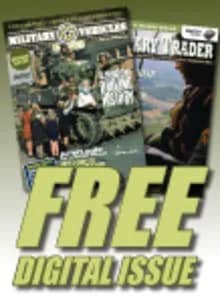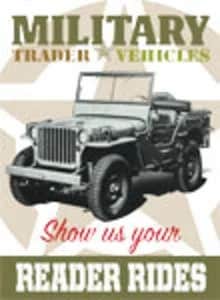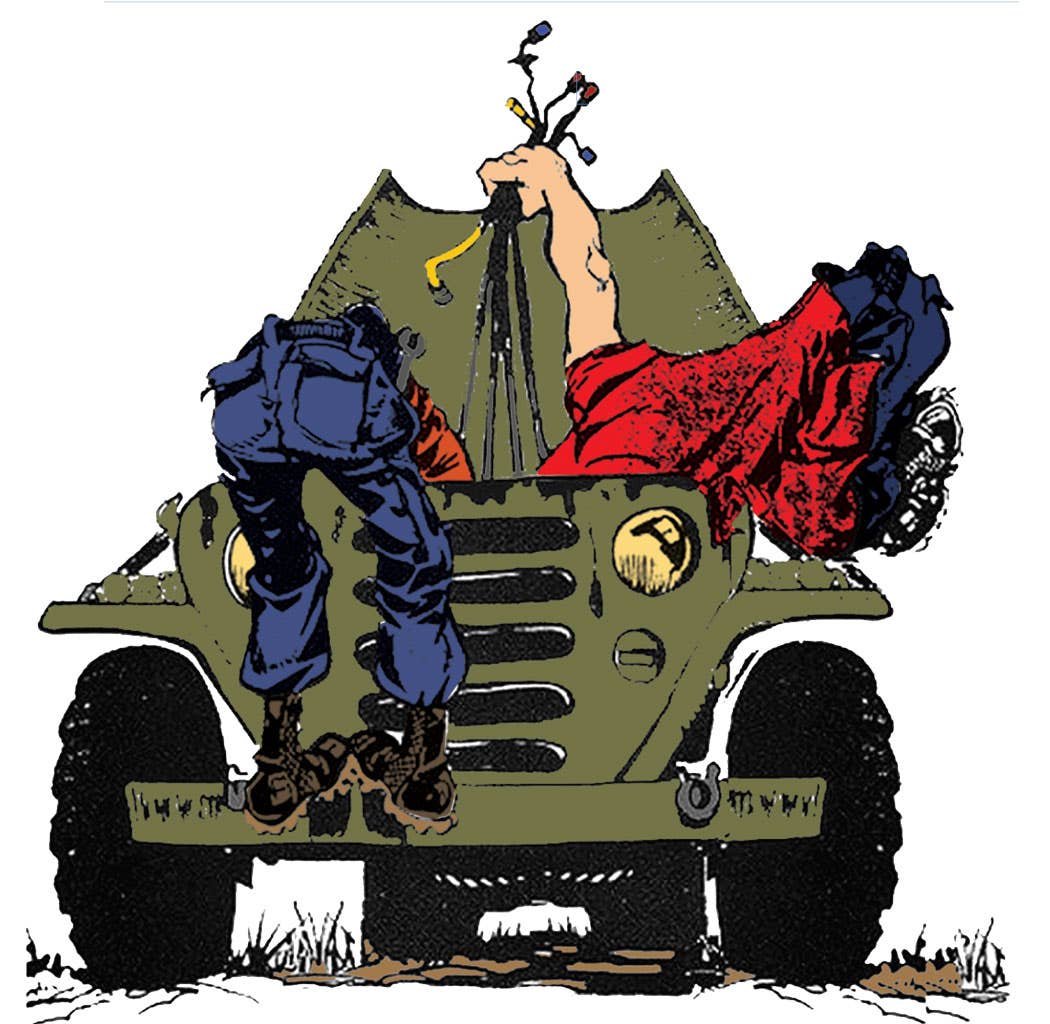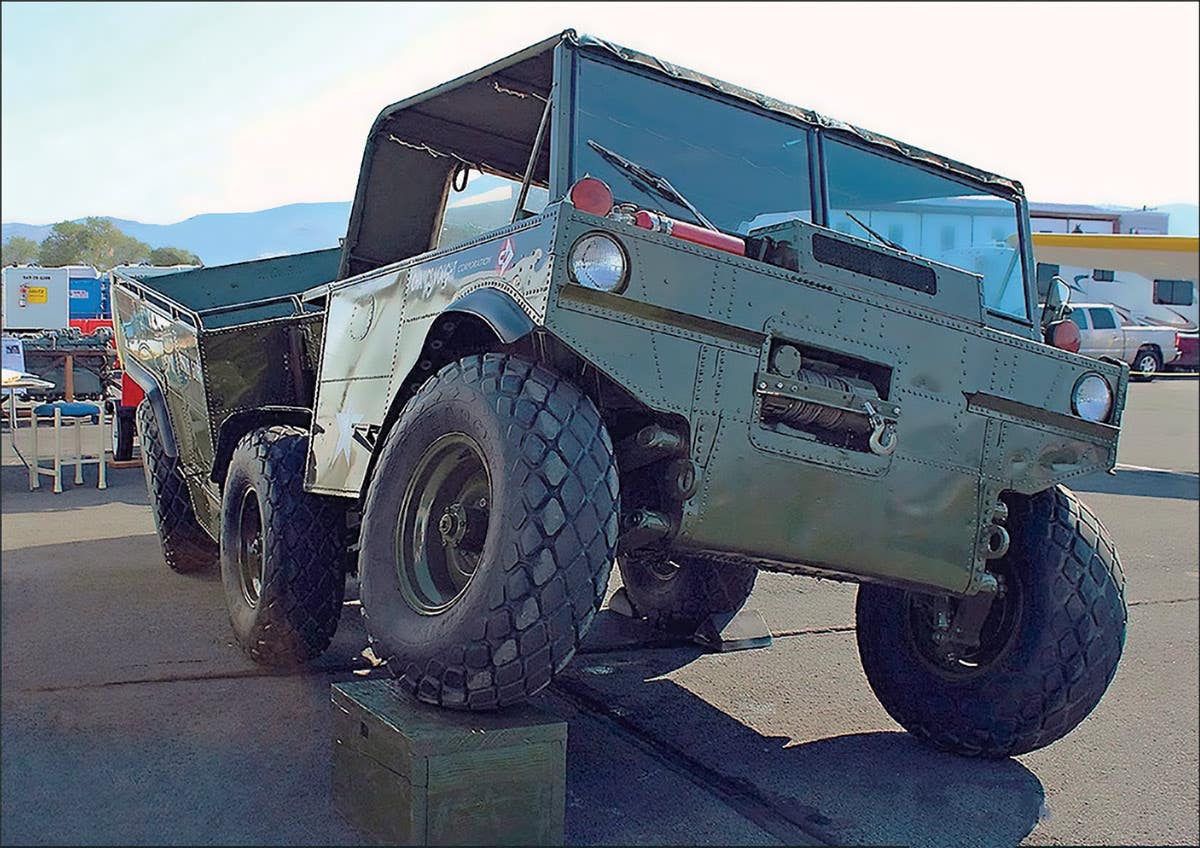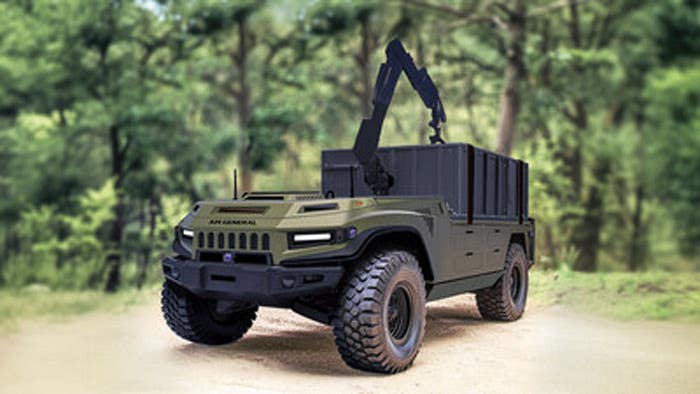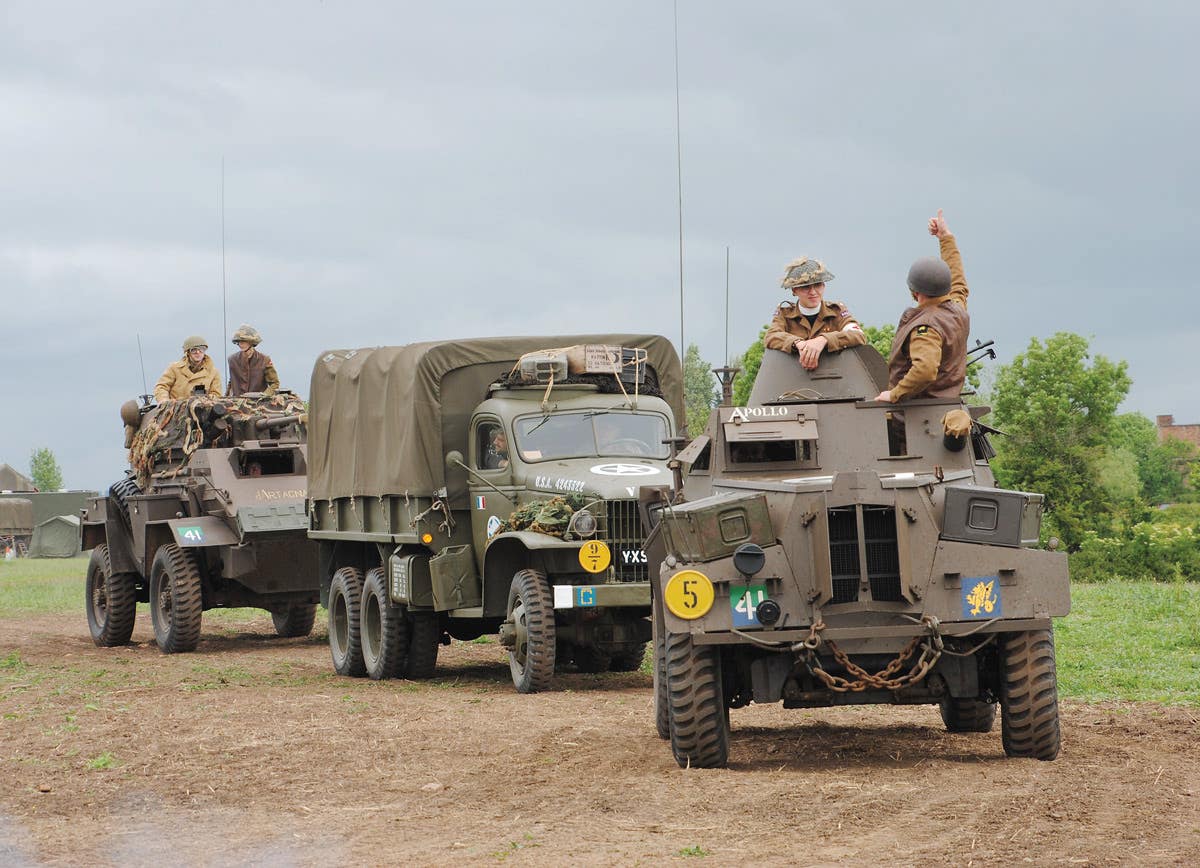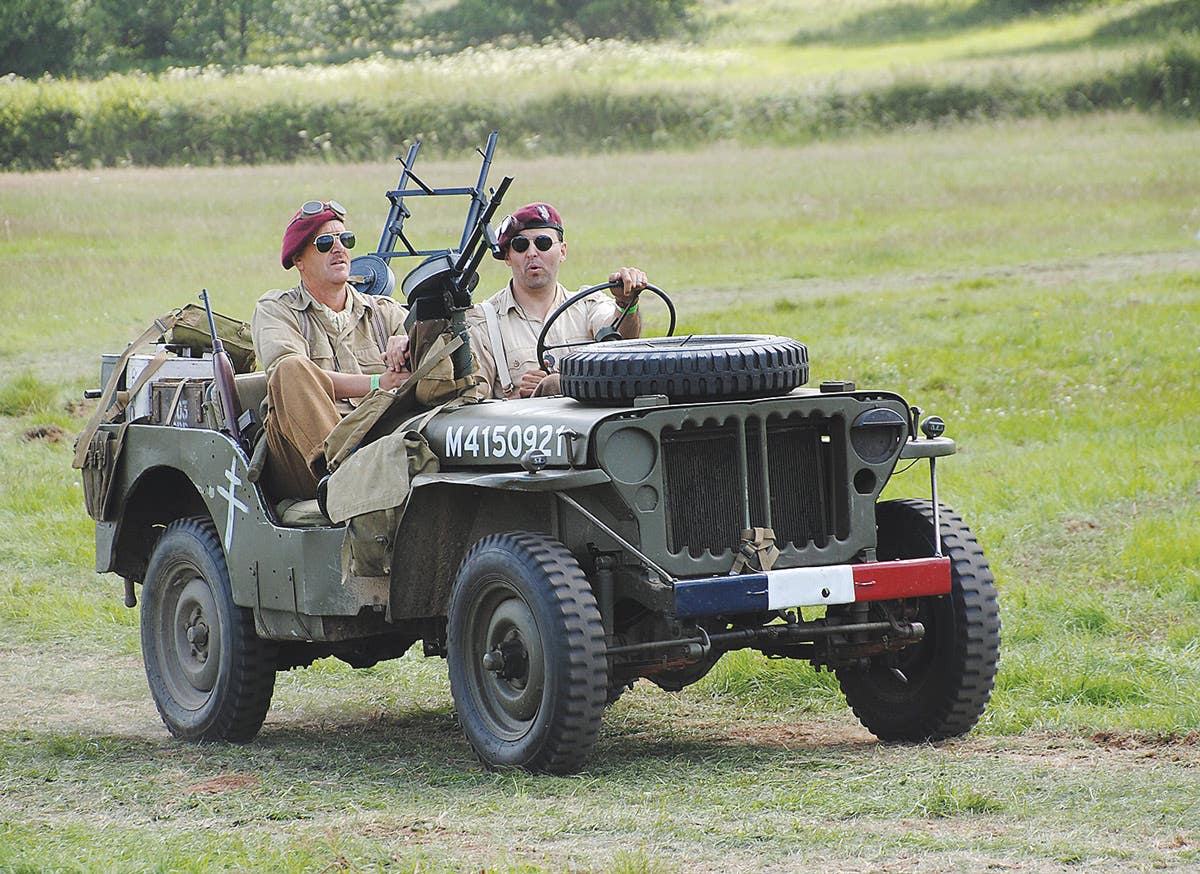Kubel Korps on the move!
A recap of Kubel Korps USA’s 36th annual reunion in Pioneer, Ohio.
The Kubel Korps USA held its 36th annual reunion in Pioneer, Ohio last summer, once again attracting a very impressive collection of historic German WWII vehicles. This event is always more of reunion, not a “show”, so there is always plenty of catching up and reuniting, but the days are really structured around driving (or swimming) these vehicles because this is a club on the move!
The Kubel Korps was created in 1989 by, and for, those with an interest in German World War II vehicles. Like most vehicle clubs, it is not a political organization, and you don’t have to own a historic military vehicle to join, but many members own both German and American vehicles. For many years now they have held their reunion at a very large, rustic Boy Scout camp facility where they reconnect for the weekend and put their vehicles through their paces, out on the trails, and even the lakes.
This year’s gathering was a little smaller than usual, likely due to the rather discouraging weather forecast for the weekend, which ended up being pretty correct. Saturday morning started with gray skies and scattered rain drops. Things cleared up enough for the morning ride to leave camp, but rain returned midway into the drive, prompting owners to deploy their canopies for the run back to camp. Storms continued sporadically for the next couple of hours, basically eliminating the afternoon water activities with the Schwimmwagens. However, eventually the clouds broke, with beautiful blue sunny skies, that made everyone eager to get back out on the trails and make up for lost time!
Once again this year, there was a WWII German vehicle in attendance that deserved a little more attention. Charter member and club patriarch Dave Crompton’s 1942 NSU Kettenkrad is a very unusual vehicle, and a type which has even had movie rolls to its credit. A mixture of a half-track and a motorcycle, the Kleines Kettenkraftrad HK 101, AKA: Sd.Kfz.2 was used by the German military in WWII to pull heavy loads, move small guns, lay communication cables, and carry soldiers. It was even used as a runway tug for aircraft, including the Me262 jet fighter.
The Kettenkrad was designed as a light tractor for airborne troops, specifically for delivery by Junkers Ju52 aircraft. It was not parachute deployable, but it was the lightest mass-produced German military vehicle to use the complex Schachtellaufwerk interleaved road wheels found on many other German AFVs.
Powered by a 36-hp Opel inline four-cylinder, water-cooled engine, with three forward gears, reverse, and hi/low range, this was a very capable off-road vehicle, which was also able to top 40 mph on roads. Steering the Kettenkrad was accomplished by turning the handlebars, especially while on the road. Turning them beyond a certain point, (around 5 degrees) would engage the track brakes to help make sharper turns. It was also possible to run the vehicle without the front wheel installed, for extreme off-road conditions.
The Sd.Kfz.2 was designed and built by the NSU Werke AG at Neckarsulm, Germany. Patented in June 1939, it was first used in the invasion of the Soviet Union in 1941, where its performance in the deep Russian mud was praised. It also saw use in North Africa, and on the Western Front. NSU was the main producer, but about 10 percent were manufactured by Stoewer under license. Production stopped in 1944, at which time 8,345 had been built. NSU resumed production after the war, assembling another 550 Kettenkräder for agricultural use.
Once again, even with the weather challenges, this was another great event, and one I look forward to every year. The Kubel Corps are unique as the only non-reactor based vehicle club centered on a vehicle type (German WWII), as opposed to a geographic location. Members are friendly and knowledgeable, and it is a close-knit, family oriented group, which makes for a fun and relaxing weekend.
As I watched the little cars run around camp and through the woods, the thought occurred that these are 80-year-old vehicles that are still being run like they were in their prime. They are certainly not trailer queens, and their owners have no problems taking on the mud, ruts, hills and holes on the trails of the park.
As was the case this year with David Lawhead’s 1942 Kubelwagen, sometimes there are problems, but the technology is fairly simple, and it is usually not long before the vehicles are back on the road, and the Kubel Korps are back on the move!
Love German military vehicles? Here are a few more articles for your reading enjoyment.
